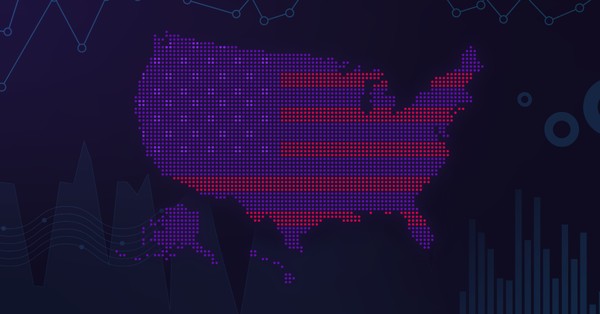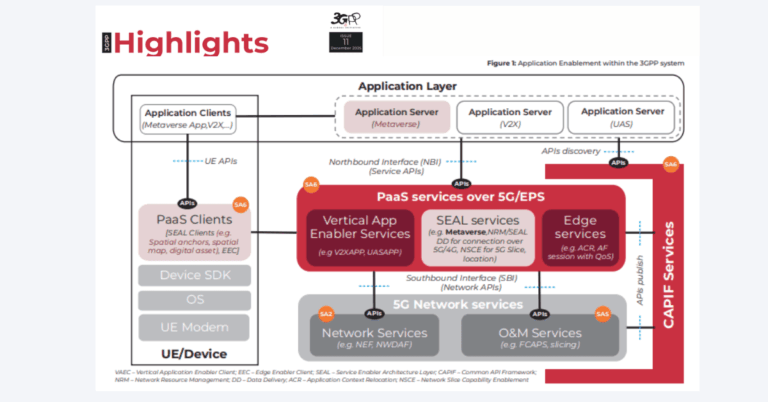U.S. broadband speeds improve as more states meet FCC 100/20
New data indicates a broad-based lift in fixed broadband speeds and a measurable narrowing of the urban–rural gap across much of the country.
Key broadband metrics and 100/20 progress
According to the latest Speedtest Intelligence findings from Ookla, the share of states where at least 60% of tested fixed-broadband users achieve the FCC’s 100 Mbps down/20 Mbps up benchmark rose sharply between late 2024 and the first half of 2025. That count climbed from 22 states (plus Washington, D.C.) to 38 states (plus D.C.), signaling faster last‑mile networks and better in-home performance for a sizable portion of U.S. households.
Progress on equity also accelerated. In the first half of 2025, 33 states reduced the performance gap between urban and rural users—measured using Census Bureau classifications adopted in the analysis—while 17 saw the gap widen versus the second half of 2024. This is a reversal from late 2024, when more states were moving in the wrong direction.
States leading and lagging in 100/20 broadband
Five states—Connecticut, Delaware, New Jersey, North Dakota, and Rhode Island—now deliver 100/20 Mbps or better to more than 70% of tested users, reflecting aggressive fiber deployments, high-split/DOCSIS upgrades in cable footprints, and effective local planning. By contrast, sparsely populated states with challenging terrain continue to struggle to reach universal 100/20 performance, despite overall gains, due to long loop lengths, costly backhaul, and tougher economics for last‑mile upgrades.
LEO satellites and Starlink performance in rural areas
Low Earth orbit (LEO) satellites are altering rural performance dynamics. In 26 states and D.C., rural Starlink users outpaced urban Starlink users in achieving 100/20 Mbps, likely reflecting less congestion and clearer line-of-sight in rural areas. South Dakota led on Starlink performance with 37.1% of users meeting 100/20, followed by Maine at 35.3% and Wyoming at 34.5%. While fiber remains the gold standard for capacity and latency, LEO’s footprint is increasingly relevant for hard-to-serve locations.
Why the broadband surge matters for policy, ISPs, and enterprises
The acceleration arrives just as BEAD funding decisions, technology roadmaps, and enterprise connectivity strategies converge.
BEAD funding execution: decisive phase
Following the NTIA’s June decision making LEO systems eligible to compete in certain scenarios, at least 32 states and territories have included LEO options in their final BEAD proposals. Most state plans still prioritize fiber for longevity and capacity, but many now contemplate a tiered approach: fiber or cable where feasible, 5G fixed wireless access (FWA) for near-term coverage and cost efficiency, and LEO in high-cost or remote clusters. This flexibility can accelerate time-to-service while preserving paths to future upgrades.
Uploads and latency: DOCSIS 4.0, fiber, and 5G FWA
Meeting and sustaining 100/20 requires more upstream capacity, not just download headroom. Cable operators are advancing mid/high-split upgrades and DOCSIS 4.0 to boost upstream. Fiber builders are pushing XGS-PON and, in dense clusters, 25G PON to future-proof capacity. Mobile operators are expanding 5G FWA using C-band and mmWave to densify capacity where spectrum and backhaul allow. LEO satellites add coverage reach and quick turn-up, though long-term performance hinges on constellation density, gateway capacity, and traffic management. For business use cases—cloud collaboration, telehealth, AI workflows, and video upstream—upload throughput and predictable latency will differentiate service tiers as much as raw download speed.
Urban–rural broadband gap: narrowing but not solved
The narrowing gap is encouraging, but it is not uniform. Rural improvements are influenced by new builds, targeted upgrades, and the availability of FWA and LEO alternatives. Sustained parity will require attention to middle-mile constraints, power resiliency, weather hardening, and long-term operating costs—areas that can undermine performance after initial deployments. Expect localized volatility as new households are lit and networks rebalance capacity.
Broadband strategy: key actions and next steps
Stakeholders should use the current momentum to lock in durable gains and avoid short-lived performance spikes.
Guidance for state broadband offices
Design technology-neutral scoring that rewards measurable outcomes: proven 100/20 performance under load, pathway to symmetrical upgrades, low-latency guarantees, and service reliability. Tie awards to enforceable SLAs, periodic performance testing, and affordability metrics. Fund middle-mile where it is the binding constraint, and require open-access or wholesale provisions when they stretch dollars further. Use geospatial analytics and Census-based classifications to continually refine eligible locations as builds progress.
ISP and network builder priorities
Prioritize upstream capacity and reliability. For cable, accelerate high-split and DOCSIS 4.0 to deliver stable 100/20 and prepare for 100/100. For telcos and altnets, expand XGS-PON and plan for 25G PON in high-demand corridors. For mobile operators, target 5G FWA in cells with surplus capacity and fibered backhaul, with clear contention policies. Satellites can extend reach or provide rapid turn-up; design offers that set expectations on capacity tiers, weather resilience, and latency-sensitive application support. Align build plans with BEAD timelines, Buy America requirements, and supply chain lead times to avoid costly delays.
Enterprise connectivity recommendations
Revisit site connectivity standards with an “uplink-first” lens. Mandate dual access (fiber/cable plus FWA or LEO) where business continuity requires it; use SD-WAN and policy-based routing to steer real-time and AI workloads. In distributed and rural operations, evaluate LEO as a primary or backup path, but validate SLA terms, latency envelopes, and fair-use policies. Incorporate power and resiliency planning—battery and generator staging—to ensure connectivity survives outages.
What to watch next in U.S. broadband
Over the next 6–12 months, track BEAD subgrantee awards and challenge outcomes; DOCSIS 4.0 and mid/high-split rollouts at cable operators; XGS-PON and 25G PON expansion by fiber builders; 5G FWA capacity additions in C-band and mmWave; and LEO milestones, including Starlink capacity expansions and Amazon Kuiper’s service ramp. Also watch for any FCC benchmark updates and how providers respond with upload-focused tiers and latency guarantees. The states leading today built early, upgraded upstream, and diversified access; those that follow this playbook will convert short-term speed gains into durable digital equity.








































